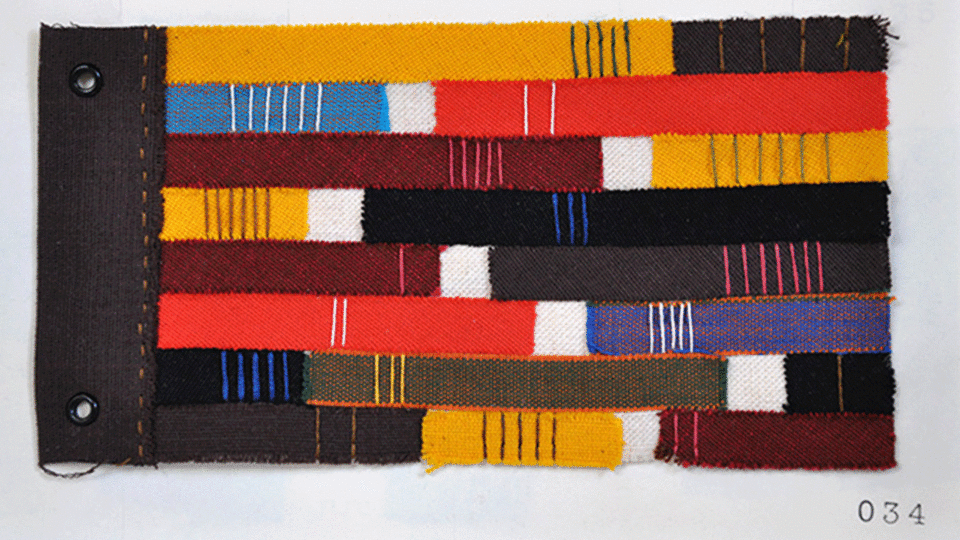
The presence of the U.S. Armed Forces is a conspicuous feature of America’s major research bases in Antarctica. This may appear odd in a peaceful continent whose internationally-agreed upon treaties prohibit military activity such as weapons testing. However military personnel and equipment are permitted to facilitate scientific research or other neutral purposes, which they are heavily called on for. Operation Deep Freeze, the military’s codename for a series of United States scientific expeditions to Antarctica, involves Air Force, Navy, Army and Coast Guard forces, primarily for transportation and logistics. Military presence on the Ice can be traced back to 1839 when Captain Charles Wilkes led the first U.S. Naval expedition into Antarctic waters. In 1929, Admiral Richard E. Byrd established a naval base at Little America on the Ross Ice Shelf south of the Bay of Whales. And from 1956 to 1969, Operation Deep Freeze was an annual mission supported by the U.S. Army Aviation detachment. The United States Antarctic Program still draws heavily on the military for operational and administrative support. Every austral summer a variety of aircraft land at McMurdo Station, from military jets like the U.S. Air Force C-17 Globemaster III to ski-equipped LC-130 cargo planes flown by the New York Air National Guard. In addition, the U.S. Army provides helicopter transportation and limited logistical support to geophysical scientists and topographic personnel, facilitating research activities in remote areas of the continent. This Antarctic flag design, my second in a series, references the Armed Forces’ visible role on the Ice. It draws on military decorations for its motif, specifically ribbons worn on uniforms above the left breast pocket. The color bars also resemble the patterns produced by climate graphs gleaned from Antarctic and Arctic ice core samples. Such ice cores are of course often procured and transported with the help of military personnel and equipment.